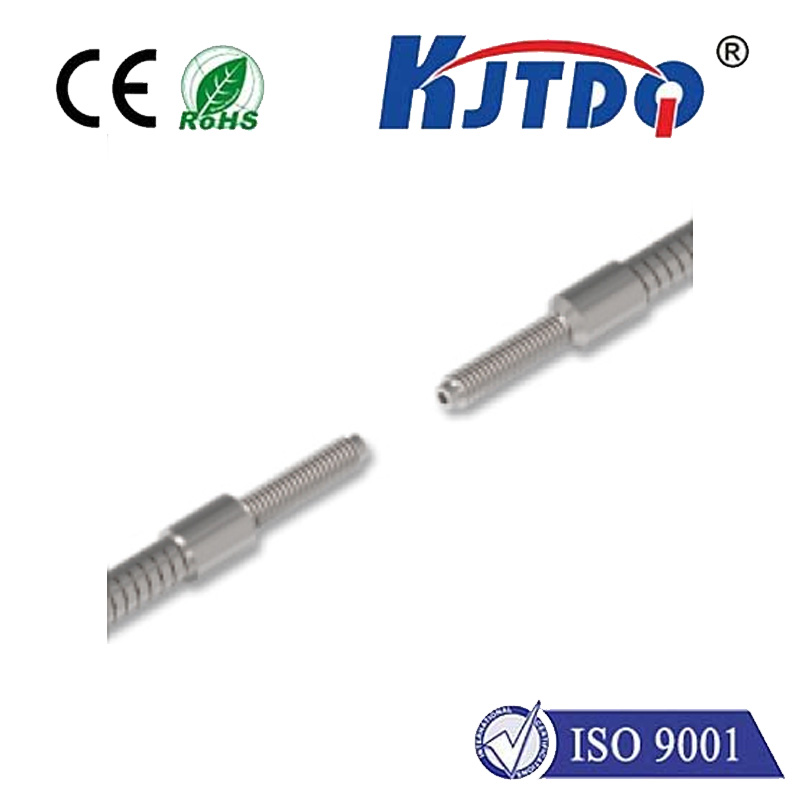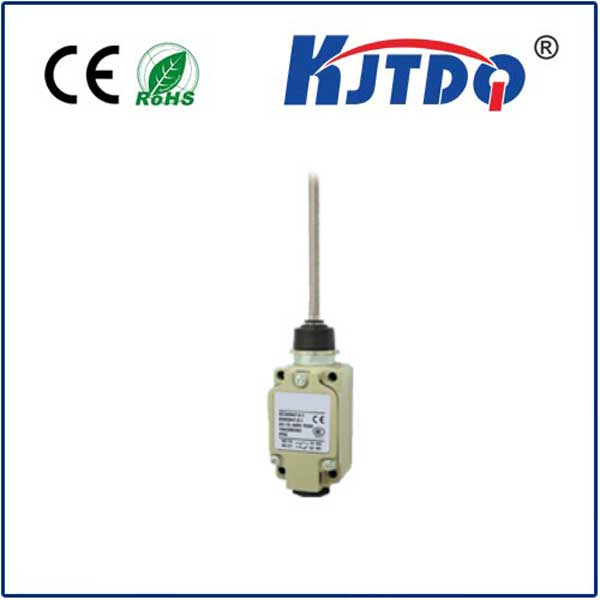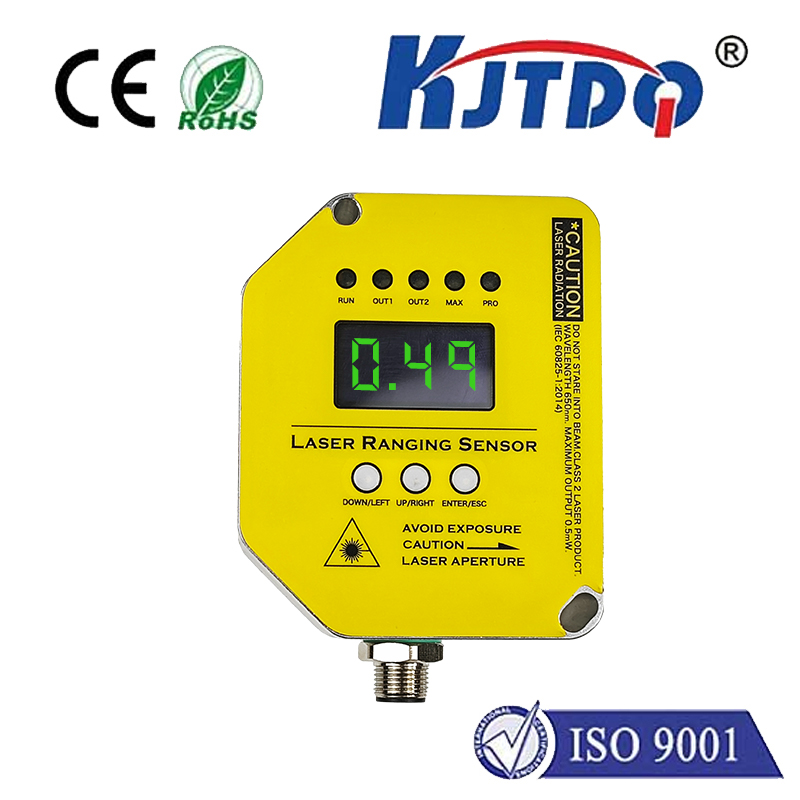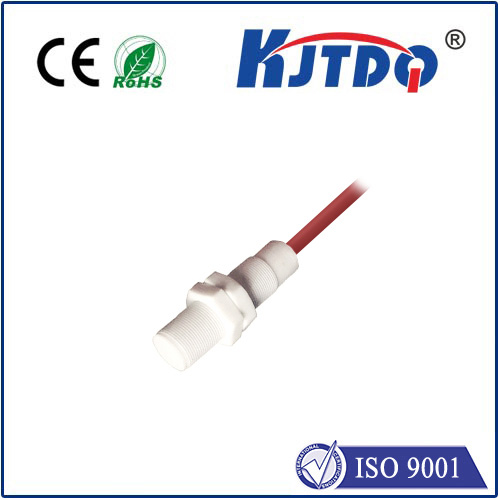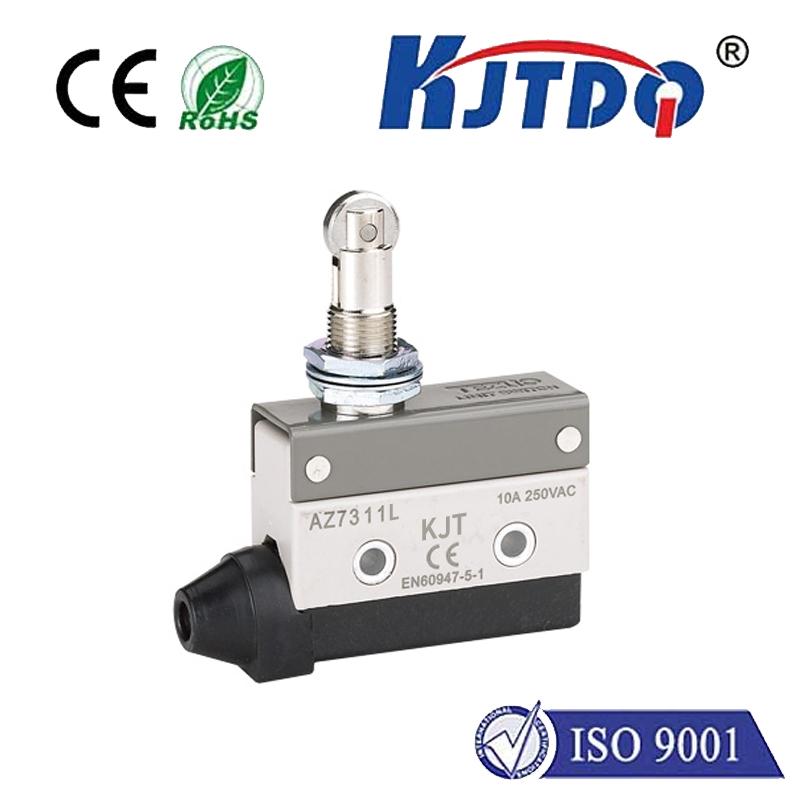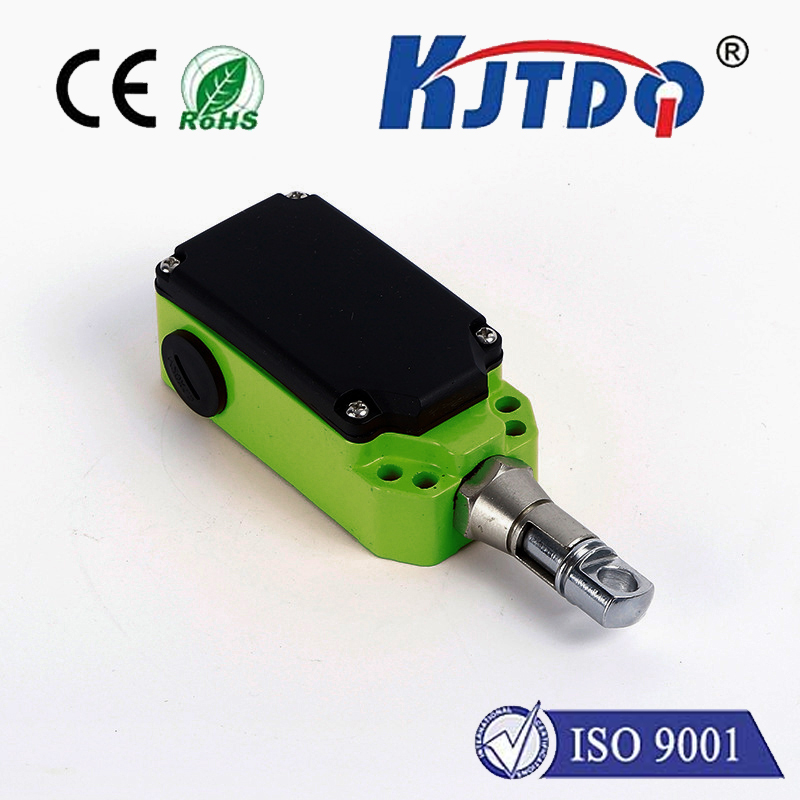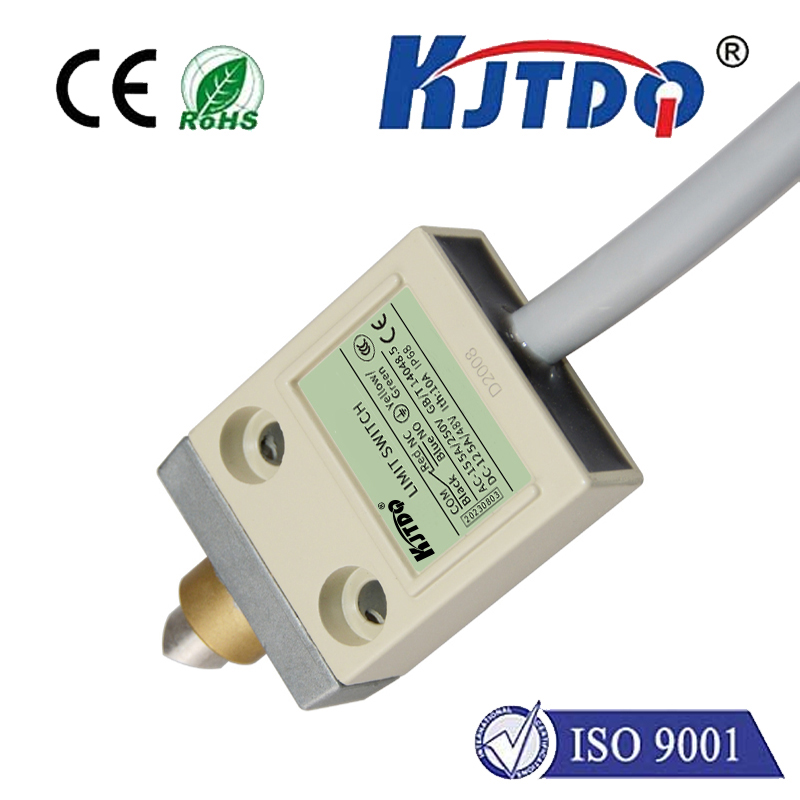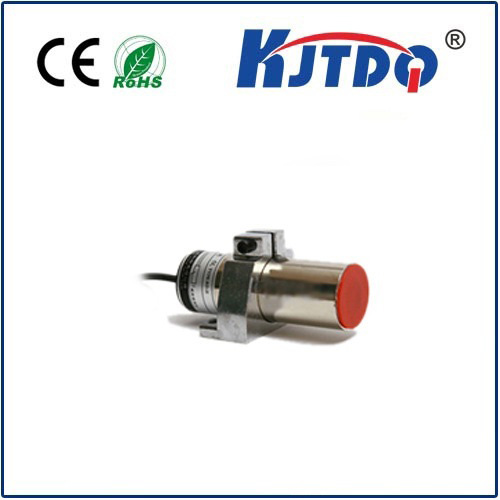

check

check

check

check

check

check

check

check

check

check
Title: Understanding the Level Limit Switch in Industrial Automation
In the realm of industrial automation, sensors serve as vital components that provide crucial information about machinery operation. Among these sensors, the level limit switch stands out for its role in detecting and responding to specific levels of liquids, granules, or other materials within containers or tanks. This article aims to shed light on what a level limit switch is, how it functions, and its significance in various industries.
What is a Level Limit Switch?
A level limit switch is an electronic device designed to monitor and control the levels of substances like liquids, solids, or granular materials in storage vessels or process containers. It operates by sending signals to control systems when the material reaches a predefined level, triggering actions such as filling, draining, or shutting down processes to maintain safety and operational efficiency.
How Does a Level Limit Switch Operate?

Level limit switches typically work through physical contact with the monitored substance or by utilizing various sensing technologies such as ultrasonic, capacitance, or microwave principles. When the substance's level changes, it actuates the switch mechanism, completing an electrical circuit that relays the status to the control system. This interaction allows for immediate responses based on real-time data, ensuring precise control over the inventory levels.
Applications of Level Limit Switches in Industries
The use of level limit switches spans across multiple sectors where managing material levels is critical. For example:
1. Manufacturing: In chemical plants or food production facilities, level limit switches monitor batch sizes and prevent overfilling, which could damage equipment or compromise product quality.
2. Water Treatment: Facilities use level switches to manage water levels in treatment reservoirs and to regulate the flow of chemicals for proper purification processes.
3. Oil and Gas: In storage tanks, level switches are essential for preventing leaks and spillage, safeguarding against environmental hazards and financial losses.
4. Construction: They help in managing concrete and other building materials to ensure consistent mixing and accurate dispensing during construction projects.
Advantages and Considerations
Level limit switches offer numerous advantages such as increased automation, reduced manual labor, improved accuracy, and enhanced safety measures. However, proper selection and maintenance of these devices are crucial for optimal performance. Factors such as material type, temperature, pressure, and compatibility with the environment must be considered to choose the correct switch for the application.
Conclusion
The level limit switch plays an indispensable role in industries where precise control over material levels is necessary. Its ability to provide timely alerts and automate responses contributes to operational efficiency and risk mitigation. As technology continues to advance, the sophistication and reliability of level limit switches are likely to improve further, expanding their utility and applications across various sectors. By understanding how level limit switches function and integrating them into industrial processes, businesses can streamline operations and secure their facilities against potential risks associated with improper level management.

